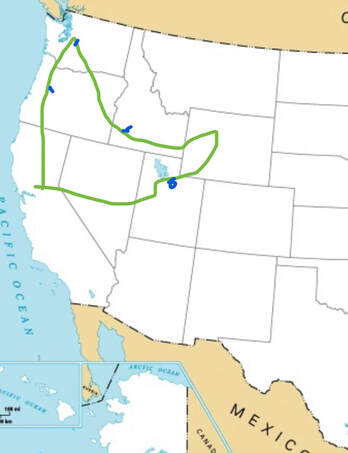
Many of you know I’ve been out of town the last two weeks. So, where did I go? I went to Portland, Seattle, Boise, (Yellowstone) and Salt Lake City. Why? To meet with some amazing ladies that have taken the plunge and started their own Zero Waste shops. First I met with Leah of @therefillcenter in Portland, she’s a little newer to the scene, opened this year. She does delivery and pop ups. She is also an artist creating some of her own up-cycled items and I’m very excited for them! Next I met with Jocelyn of @goboxpdx. I got to see some behind the scenes and I am working to hopefully help bring a GoBox system to the Sacramento area in the near future. I then met with Rebecca and Nadine of @utilityzerowaste, they hold frequent refill stations and currently offer online ordering with local delivery. They have some big plans that I’m excited to see come to fruition.
My family and I then headed up to Seattle, had dinner with some dear friends, and next day I met up with Stephanie of @scoopmarketplace. She has an amazing shop and I love picking her brain about vendors and best practices. She’s developed a thorough and informative course to help others open their own shops and offers a bucket of other resources to help those eco-preneurs along their journey.
We then trekked out to Boise and I got to meet Lea of @rootszerowastemarket, she is a pioneer and inspiration in this space. She has a talent for seeing how the grocery retail space could and SHOULD be and building a better system from the ground up.
After Boise, we decided to take a spontaneous trip to Yellowstone, as Rich and I have both never been and we really love visiting National Parks (ask me some time about 2016 where we went to 9 parks in 9 days, for free, while I was 5 months pregnant). Because there is not a DC Fast station capable of charging a Bolt in West Yellowstone, MT where we stayed, we had to search for and wait for a slower charge. Because of that, we got a later start in the park then we would have liked, but we did get to see some important highlights including Old Faithful and the West Thumb geyser basin along Yellowstone Lake. We got to see deer, bison, caribou, and a moose!
We had a long drive and a very late night getting into Salt Lake City that involved some travel hiccups including our hotel’s system being down (because who in their right mind checks in at 3am, right?). I had to reschedule my meet up with Jamaica of @hellobulkmarkets. She was also early to Zero Waste grocery and her store sells over a hundred bulk goods from grains and snacks to soaps and oils. Her plans and dreams are so big, you can't spend any time with her without immediately feeling inspired.
So, are you wondering why I’d take the time to go on this adventure? It’s part because our family loves road trips and we’d been itching for an epic journey for the past 4+ months, we had to cancel this trip back in March due to covid. But really it is because the best part of my business is networking and connecting with people who are as dedicated to helping everyone to reduce waste as I am. We are only going to make an impact if we work together. There are so many amazing ideas being developed right now. I want to be a part of this rapidly growing movement and throw everything I’ve got into it to get it to grow as fast as possible.
Next steps for me:
-Close out the Kiva loan, get the trailer and some additional products.
-Partner with 15-20 local businesses and organizations to set up the mobile refill stations and have them regularly and reliably.
-Continue to connect ZW shops with innovative new vendors that will benefit them and their customers.
-Create a campaign to afford a Model X to tow the trailer to vendors all over the country and begin developing a ground-up distribution network for ZW products.
My family and I then headed up to Seattle, had dinner with some dear friends, and next day I met up with Stephanie of @scoopmarketplace. She has an amazing shop and I love picking her brain about vendors and best practices. She’s developed a thorough and informative course to help others open their own shops and offers a bucket of other resources to help those eco-preneurs along their journey.
We then trekked out to Boise and I got to meet Lea of @rootszerowastemarket, she is a pioneer and inspiration in this space. She has a talent for seeing how the grocery retail space could and SHOULD be and building a better system from the ground up.
After Boise, we decided to take a spontaneous trip to Yellowstone, as Rich and I have both never been and we really love visiting National Parks (ask me some time about 2016 where we went to 9 parks in 9 days, for free, while I was 5 months pregnant). Because there is not a DC Fast station capable of charging a Bolt in West Yellowstone, MT where we stayed, we had to search for and wait for a slower charge. Because of that, we got a later start in the park then we would have liked, but we did get to see some important highlights including Old Faithful and the West Thumb geyser basin along Yellowstone Lake. We got to see deer, bison, caribou, and a moose!
We had a long drive and a very late night getting into Salt Lake City that involved some travel hiccups including our hotel’s system being down (because who in their right mind checks in at 3am, right?). I had to reschedule my meet up with Jamaica of @hellobulkmarkets. She was also early to Zero Waste grocery and her store sells over a hundred bulk goods from grains and snacks to soaps and oils. Her plans and dreams are so big, you can't spend any time with her without immediately feeling inspired.
So, are you wondering why I’d take the time to go on this adventure? It’s part because our family loves road trips and we’d been itching for an epic journey for the past 4+ months, we had to cancel this trip back in March due to covid. But really it is because the best part of my business is networking and connecting with people who are as dedicated to helping everyone to reduce waste as I am. We are only going to make an impact if we work together. There are so many amazing ideas being developed right now. I want to be a part of this rapidly growing movement and throw everything I’ve got into it to get it to grow as fast as possible.
Next steps for me:
-Close out the Kiva loan, get the trailer and some additional products.
-Partner with 15-20 local businesses and organizations to set up the mobile refill stations and have them regularly and reliably.
-Continue to connect ZW shops with innovative new vendors that will benefit them and their customers.
-Create a campaign to afford a Model X to tow the trailer to vendors all over the country and begin developing a ground-up distribution network for ZW products.

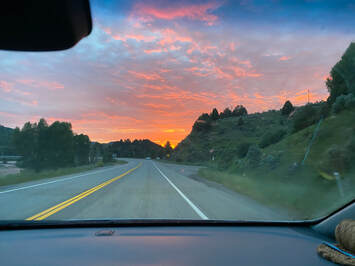
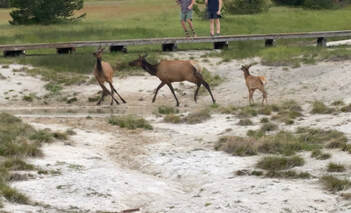

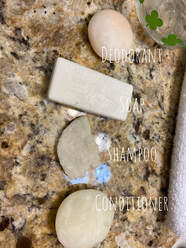
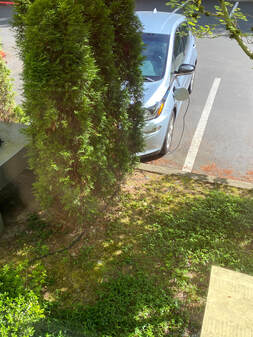
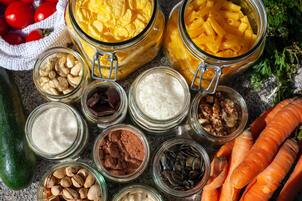
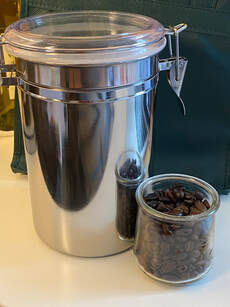
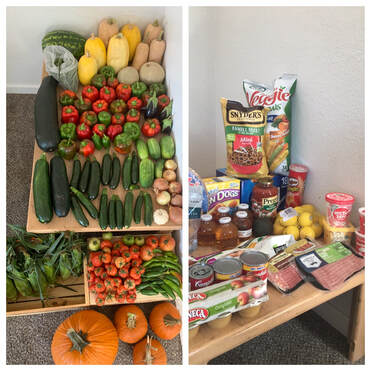
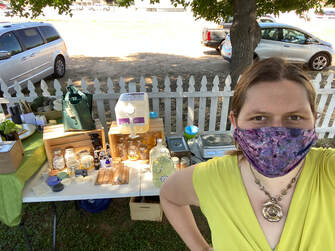
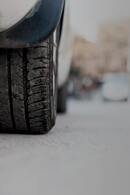
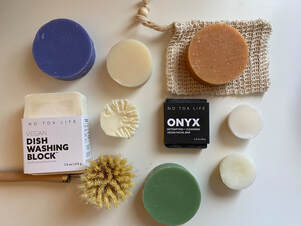
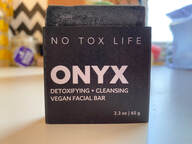

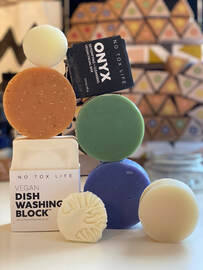
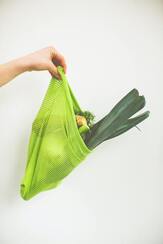
 RSS Feed
RSS Feed